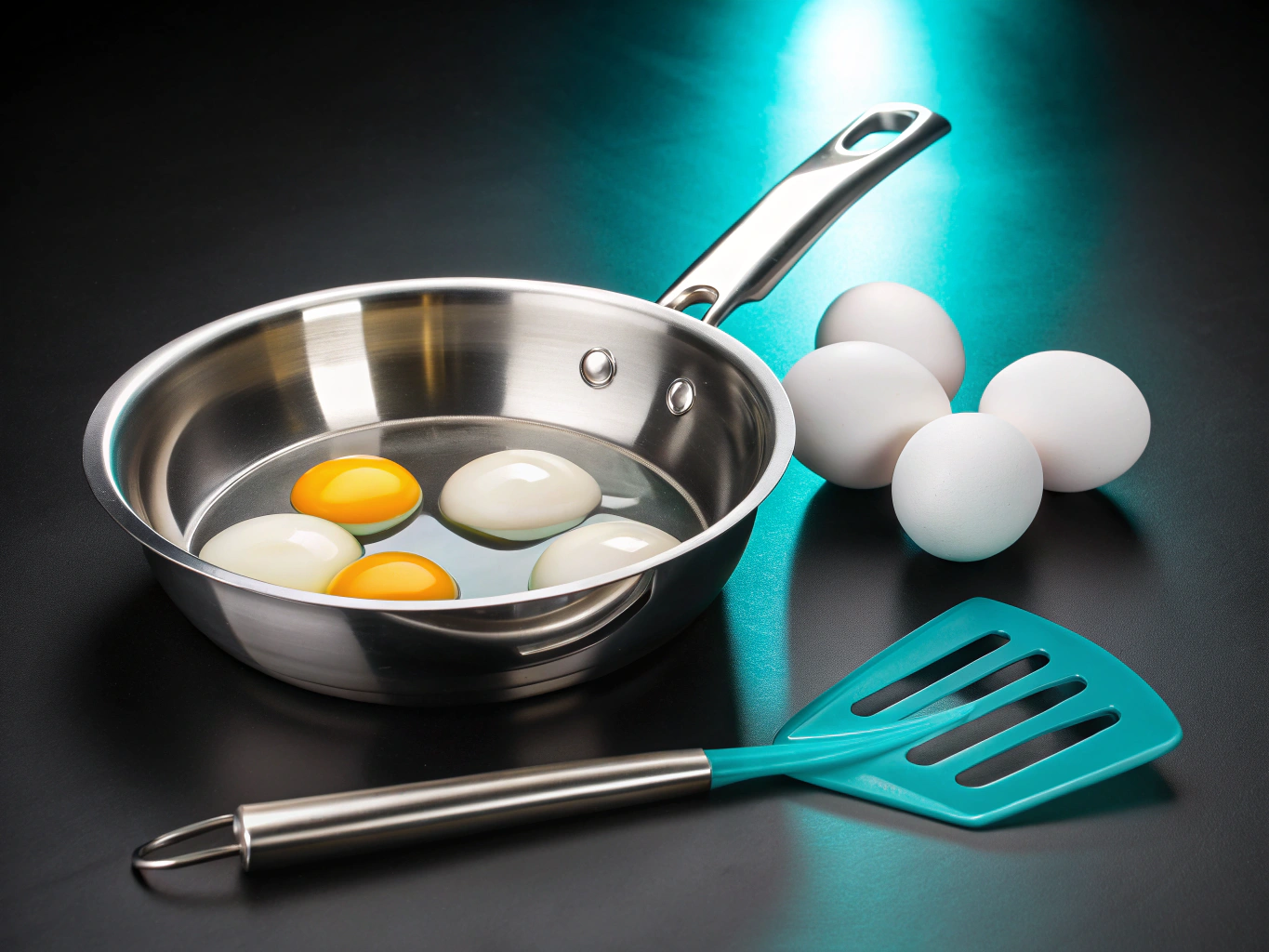Mastering the Art of Cooking Eggs in Stainless Steel: A Practical Guide
Let’s face it: cooking eggs in a stainless steel pan can sometimes feel like trying to tame a wild stallion. You want that perfect, fluffy scramble or a pristine sunny side up, but the eggs stick, tear, or end up looking more like abstract art than breakfast. If you’ve ever wondered how to cook eggs in stainless steel pan without the frustration, you’re not alone. It’s a skill that, once mastered, transforms your mornings from chaotic to chef-level calm.
The Why Behind the Sticky Situation
The core issue with eggs sticking to stainless steel isn’t some mystical curse. It’s a matter of temperature and technique. Unlike non-stick surfaces, stainless steel relies heavily on proper heat management and timing. When the pan’s surface isn’t hot enough, eggs cling like they’re auditioning for a part in a horror film. When it’s too hot, you risk burning the eggs or creating a mess that looks like a crime scene. The trick is finding that sweet spot—hot enough to create a barrier that prevents sticking but not so hot that your eggs turn into carbonized bits.
Transformative Techniques for Egg-Cooking Success
1. Preheat and Patience
Start by heating your pan over medium heat. Patience is key. Wait until the pan is hot enough—this usually takes a couple of minutes. You can test this by flicking a few drops of water onto the surface. If they dance and evaporate almost immediately, you’re in the zone. Once hot, add a generous amount of oil or butter—enough to coat the bottom evenly. Wait for the fat to shimmer or melt, signaling readiness.
2. The Right Fat and Timing
Choosing the right fat isn’t just about flavor; it’s about creating a slick, non-stick surface. Butter adds flavor but can burn quickly; oil, especially vegetable or light olive oil, can be more forgiving. Once the fat shimmers or lightly bubbles, it’s time to add your eggs. Pour them in gently, then step back and let them set for a moment. This initial sear creates a natural barrier, preventing sticking and giving you that professional finish.
3. Gentle Handling
Use a spatula to gently lift the edges, encouraging the eggs to release from the pan. Don’t rush this. Patience and gentle movement are your allies here. If the eggs resist, give them a little extra time; forcing them loose might tear the delicate proteins, creating a scrambled mess instead of a pristine fried egg.
Refining Your Technique for Perfect Results
The real transformation happens when you start to read your pan’s signals and adapt on the fly. Are the eggs sticking? It might mean the pan isn’t hot enough or you’re trying to cook too quickly. Are they browning too fast? Dial down the heat. Over time, you’ll develop a sort of intuitive dialogue with your cookware—knowing exactly when to flip, scramble, or serve.
Actionable Recommendations
- Always preheat your stainless steel pan properly—don’t rush this step.
- Use enough fat to create a barrier; don’t skimp on the oil or butter.
- Patience is your secret weapon—let eggs set before touching them.
- Adjust heat as needed—if eggs stick, lower the temperature slightly.
- Practice consistently. Like any skill, mastery comes from repetition and paying close attention to the details.
Cooking eggs in stainless steel isn’t just about breakfast; it’s a lesson in precision, patience, and understanding your tools. Once you get the hang of it, you’ll see that the real magic isn’t in fancy gadgets or secret ingredients, but in how you approach the process—mindfully, deliberately, and with just enough finesse to turn simple ingredients into a stellar start to your day.
Checkout ProductScope AI’s Studio (and get 200 free studio credits)

